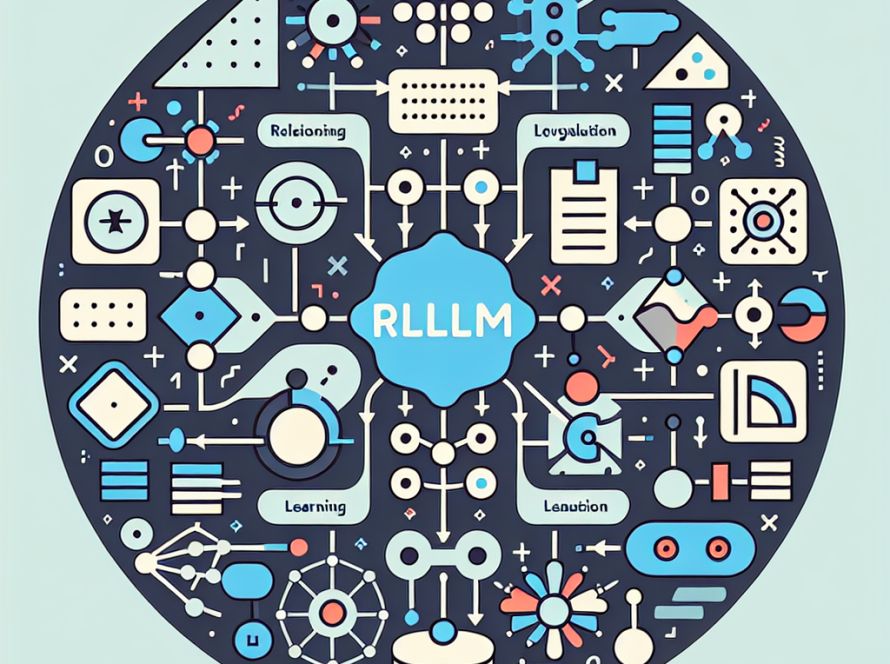MIT scientists have used a form of artificial intelligence (AI) known as deep learning to identify compounds that can eradicate a drug-resistant bacterium linked to over 10,000 annual deaths in the US. The researchers showed that the compounds can eliminate methicillin-resistant Staphylococcus aureus (MRSA) in lab and mouse models, with very low toxicity against human cells, making them promising drug candidates.
The researchers understood what kind of information the deep-learning model was using to predict antibiotic potency. This knowledge could help design more effective drugs. The researchers trained a deep learning model using expanded datasets. They tested around 39,000 compounds for antibiotic activity against MRSA, and fed this data, along with the chemical structures of the compounds, into the model. An adapted algorithm known as Monte Carlo tree search helped figure out how the model was making predictions.
To identify potential drug candidates, they additionally trained three deep learning models to predict the toxicity of the compounds to three human cell types. This screening of around 12 million compounds led to the identification of five classes of compounds predicted to be active against MRSA. Further tests revealed that two compounds from the same class were potent antibiotic candidates.
These compounds kill bacteria by disrupting the electrochemical gradient across their cell membranes, necessary for critical cell functions including ATP production. The researchers shared their findings with Phare Bio, a nonprofit part of the Antibiotics-AI Project, which plans to analyze these compounds’ chemical properties and potential clinical use in more detail. The researchers are working on designing additional drug candidates based on these findings and applying the models to seek compounds effective against other bacteria types.


